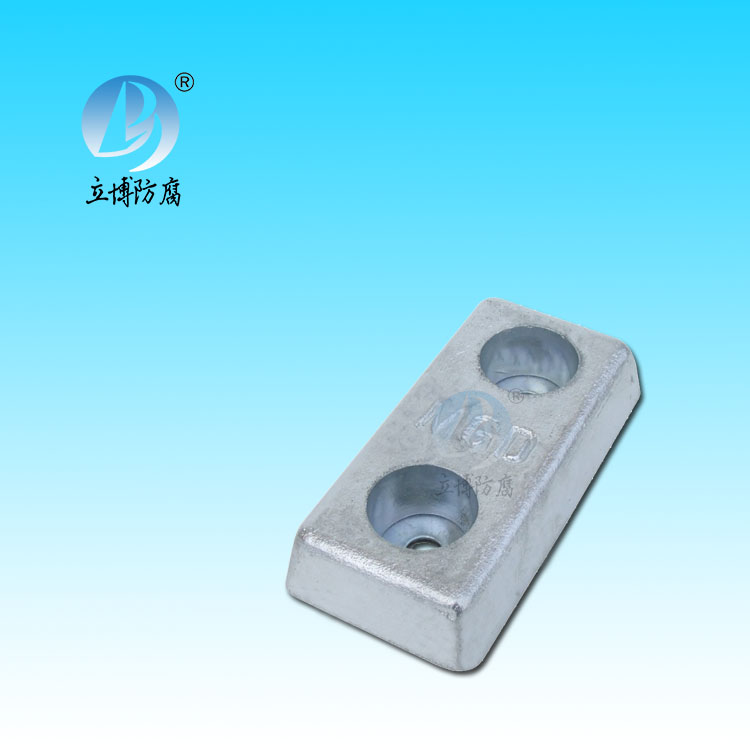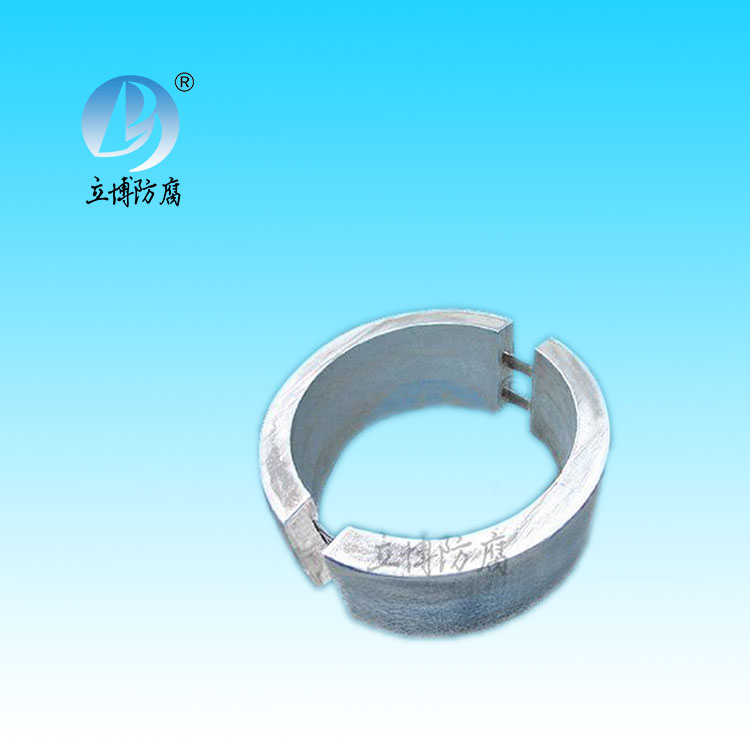News
News
- What is a sacrificial anode
- Basic requirements for reference...
- What does the reference electrode do...
- Why are zinc blocks attached to the ...
- What is the principle of impressed...
- What material does metal structure...
Contact
Phone:18739187123
hotline:0391-7588881
E-mail:970512272@qq.com
Address:Wuzhi County, Jiaozuo City, China
Company News
Microstructure of anodic oxide film of electrolytic pink aluminum
- Author:Libo
- Source:wwww.anchorwestinsurance.com
- Date:2021-06-11
- Click:0
The cross section of the material was studied by electron probe microanalyzer (EPMA). It was found that metal particles formed at the bottom of the pores. A line scan analysis of the signal strength of nickel precipitation in EPMA on the cross section of anodized aluminum sulfate film with AC electrolysis coloring. The aluminum signal recorded in the matrix is 100%, but in the oxide film because of its A1203 component, so the aluminum signal is reduced to less than 40%. On the outside of the anodized film, the signal of aluminum is 00 and that of nickel in the aluminum matrix is almost 0. However, when the probe scans from the aluminum matrix to the anodized film, the signal strength of Nickel increases rapidly. The signal strength of nickel decreases when the probe scans from the inner surface to the outer surface of anodized aluminum film. Based on the above information, it is certain that the nickel particles are located at the bottom of the micropores.
Transmission electron microscopy (TEM) was used to observe the cross section of ultrathin anodized aluminum film. It was found that nickel precipitates on the barrier layer, and the metal fills and grows in the micropores with the continuous precipitation process.
After electrodepositing the metal nickel or drill in the anodized film of aluminum, the film is treated with a dilute sodium hydroxide solution. After the alumina dissolves, the deposited metal is left. Then it was transformed into nitro - cotton film for transmission electron microscope observation. It is a long, thin, fibrous precipitate, which has been proved by electron diffraction analysis to form a metal in a terminal state. Represents the particle size distribution of the precipitated particles, whose diameter is roughly equal to the pore size of the anodized aluminum film. The cathodic precipitation of metal cations is accompanied by the cathodic reduction of hydrogen ions, and combined with the escape of molecular hydrogen in the gaseous state. The overvoltage generated by hydrogen varies according to the metal electrode material and the pH value and temperature of the bath solution. Once the metal precipitates in the micropores of the anodic aluminum oxide film, the cathodic precipitation reaction of hydrogen ions depends on the overpotential of hydrogen on the deposited metal. For example, the hydrogen overpotential of gold and silver is low, so the cathodic reduction of hydrogen ions on gold and silver is easy to proceed. The hydrogen overpotential of nickel or tin is very high, so it is difficult to "compete" with the hydrogen ion discharge from the metal cation cathode. Therefore, the generation of ac colored hydrogen cannot be completely avoided.
On the surface of the plate electrode, due to the stirring of the bath solution, the hydrogen bubbles formed are easily dispersed into the bath solution. However, when hydrogen is generated in localised environments, such as the bottom of a micropore in an anodized aluminium film, it is difficult to diffuse the hydrogen to the end of the micropore. Of course, once the hydrogen reaches the end of the micropore, the bubbles can quickly leave the micropore and disperse into the solution. In the above two diffusion processes, the diffusion in the slender micropores is the rate-determining step, and the heavy stirring in the tank solution has little effect on the diffusion of hydrogen in the micropores. In addition, the formation of hydrogen bubbles in the micropores also prevents the flow of tank liquid into the micropores, that is, the electrodeposition of metal cations becomes difficult. In fact, due to one reason or another, the resistance of the barrier layer of the anodic oxidation film of aluminum increases, the electrolytic coloring requires higher applied voltage, the speed of metal electrodeposition is slowed down, and the time of electrolytic coloring is inevitably extended.







 客服QQ
客服QQ